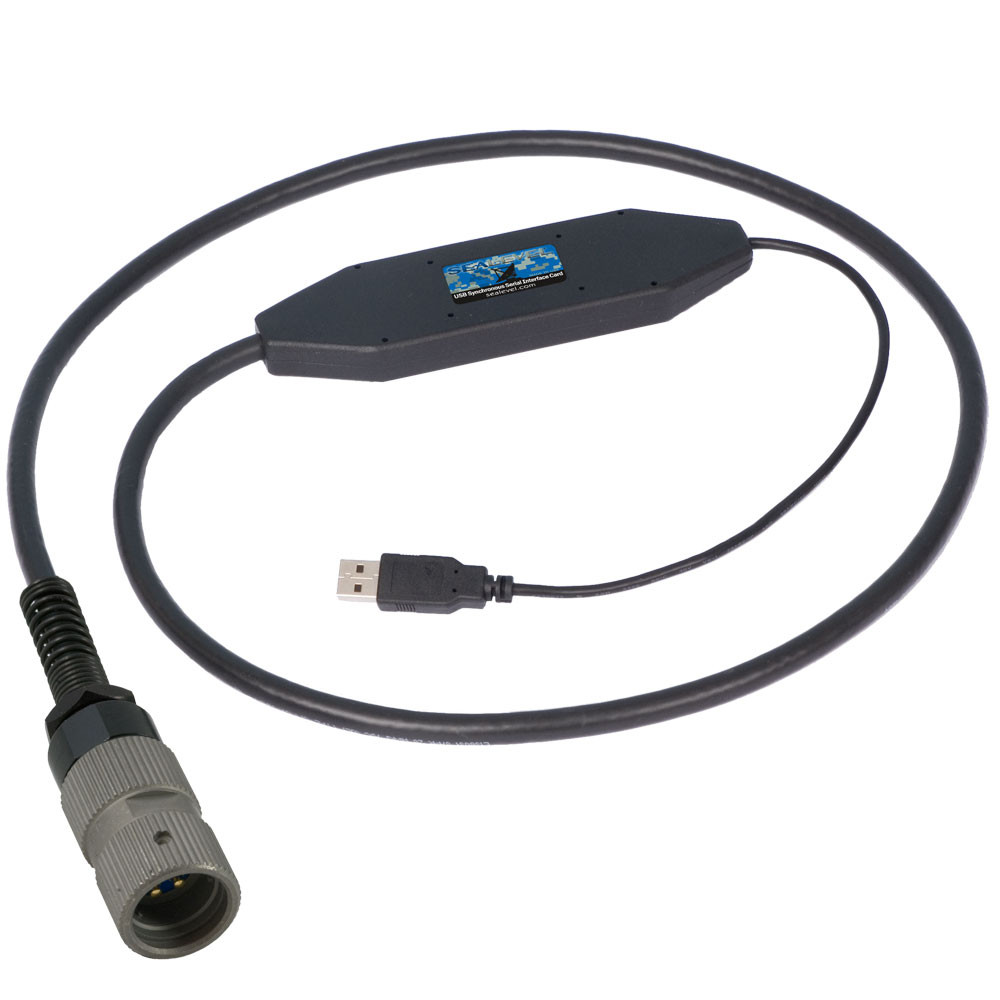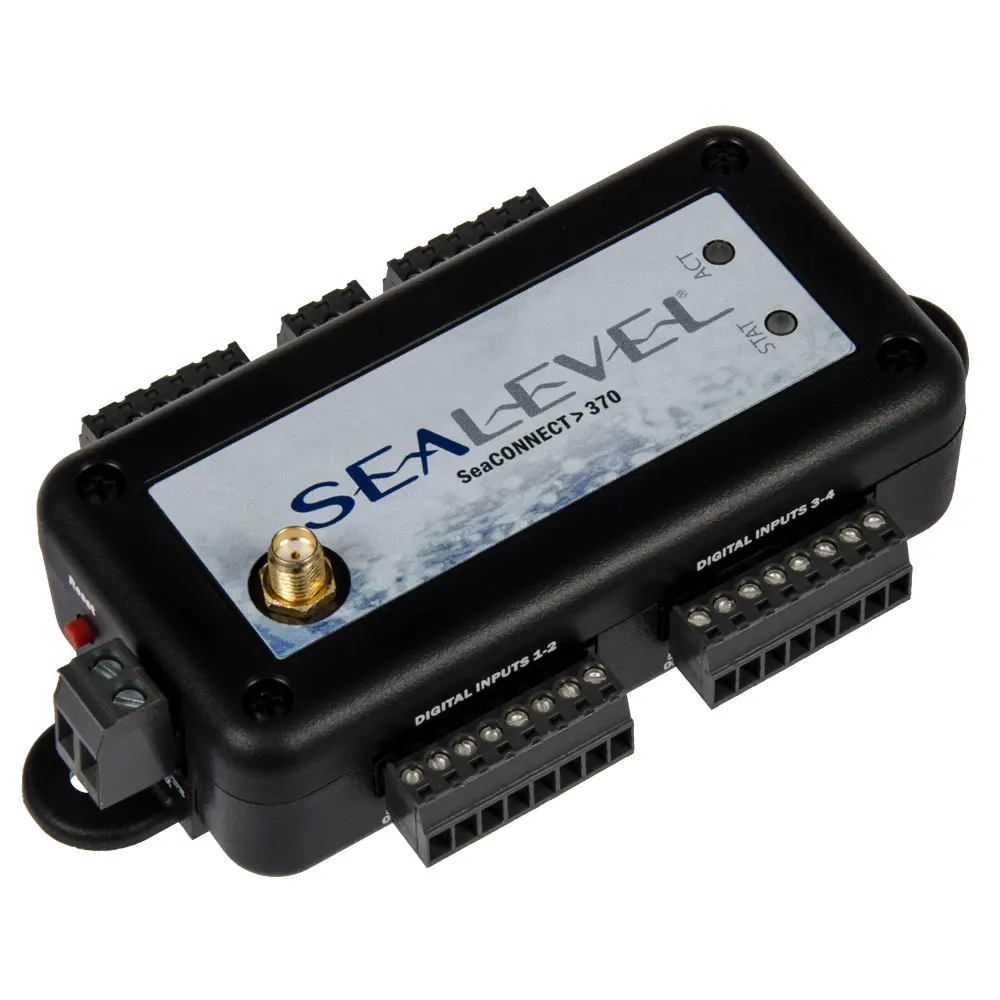Adapting Legacy Systems Part II: Tools for Integration
May 22, 2023In part I of this two-part series, we outlined the concerns people juggle when deciding to update industrial infrastructure and the associated costs of their chosen path. In this piece, we’ll discuss how adapting legacy systems to digital operations through retrofitting improves efficiency and sustainability as well as discuss three essential retrofitting technology assets to consider.
Retrofitting Infrastructure
Retrofitting infrastructure tends to rely on two methodologies: integration and adaptation. Integration is the process of incorporating old systems into new systems via compatibility technology. Adaptation is modifying old systems to accomplish new abilities. Integration is easier with software systems whereas adaptation is a preferred route for hardware systems. However, there are use cases of each methodology across the technology spectrum.
Software more often relies on integration due to the myriad of ways computer programming can communicate with legacy code. Software integration has become increasingly common as enterprises attempt to optimize operations by reducing inefficiencies in the digital stream. An example of integrative software would be a cloud computing program. It could take input from legacy hardware or software systems using APIs. These APIs then get processed on the virtualized server and processed or output under modern standards.
Hardware more often requires adaptive retrofits due to materials costs and the limited ways that previous hardware connects to newer constructs. An example of adaptive hardware is Sealevel’s own ACC-188 USB synchronous serial radio adapter. This tool helped bring legacy radios employed in mission critical military operations to a modern standard. It enables radios to interoperate with other manufacturer’s systems, an essential aspect for allied missions, and to send digital-age information such as GPS and chat-type messages.

Hardware more often requires adaptive retrofits due to materials costs and the limited ways that previous hardware connects to newer constructs. An example of adaptive hardware is Sealevel’s own ACC-188 USB synchronous serial radio adapter. This tool helped bring legacy radios employed in mission critical military operations to a modern standard. It enables radios to interoperate with other manufacturer’s systems, an essential aspect for allied missions, and to send digital-age information such as GPS and chat-type messages.
The ACC-188 functioned as a connective interface that can attach to any synchronous communication port. Other proposed projects neglected the available interfaces on tactical radios and prioritized entirely new rebuilds that would drive the project cost up. The adaptive part comes from neither hindering previous functions nor limiting future updates since it was plug and play.
Modernizing Legacy Systems for Efficiency and Sustainability
Legacy systems have costs associated with maintenance and ability to meet demand, but total replacement frequently introduces costs related to efficiency and sustainability. These factors relate more to long-term, year-over-year costs as opposed to short-term revenue goals or overhead costs. Choosing to retrofit a system helps efficiency in areas of stop-gap measures, user experience and downtime. Retrofitting, especially when dealing with adapting hardware, helps with sustainability by reducing materials costs and waste production.
Until the recent rise of predictive maintenance, assets were frequently bought during machine issues. For example, a washing machine may experience an issue that is irreparable and reduces efficiency by 50%. Thus, the washer runs until a replacement can be delivered since the break wasn’t anticipated. Unfortunately, during this purchase process, a new technology may become available to the industry. If the company commits to a second device purchase, employees will train twice, the production aspect of the supply chain will experience interruptions twice to unknown degrees and efficiencies may be increased elsewhere to offset total cost. However, if the company can install a stop-gap retrofit, these costs are not incurred twice, and the company has the time without production interruption to select an appropriate update.
Consider also how retrofitting generally requires less materials – although this isn’t always the case – which puts less pressure on sustainability concerns. Less precious metals, less carbon dioxide and less environmental damage occur when neither consuming new nor dumping old systems. When the question is reinstalling an entirely new, robotic system or customizing a PLC control system through digital I/O adaptive systems, it’s easy to see which puts less pressure on the environment. As well, with the customizable nature of retrofit, these can be configured to not only accomplish tasks but do them better than standard, turn-key products.
Three Digital Technologies Retrofitting Industrial Infrastructure
IIoT Edge Devices

Although Industrial Internet of Things technology is advanced and an upgrade among control technologies, it is one of the easiest to use as a retrofit. IIoT devices come in many shapes and sizes with a myriad of telecommunications network capabilities. If a legacy system operates via hardwired connections, some IIoT devices will accommodate that. Some operations may have relatively new systems, but the concern is a lack of productivity compared to the newest models. In these cases, IIoT is still appropriate as it can be customized to support the advancements necessary through analytics, processing and monitoring.
Consider a fleet of reefer trucks owned by a cold chain distribution company. Instead of installing completely new telecommunications in the truck or replacing the freezers with built-in monitoring and controls, the company is able to install one small device with three temperature sensors to monitor the cooler compartments. The IIoT device can transmit data to a cloud, which the driver has access to on his mobile device for immediate services, instead of relying on an expensive localized computer. This technology investment is in the hundreds of dollars instead of the thousands with limited to no downtime during installation.
USB and Other I/O

USB, among other I/O interfaces, is a simple example of adaptive hardware. USBs are designed to transmit information, or power, between two devices. These devices may be equipped with different generations of USB. However, newer generations of USB can still communicate with older generations and vice versa. Therefore, choosing a digital hardware that has available USB ports decreases the number of updates required throughout the system.
I/O Configurable Industrial Computers

Although “computers” may seem obvious as a logical technology upgrade, some forget to consider what kind of computer. When purchasing an industrial computer with custom configurations, operations may gain more control over legacy technology with suitable I/O. As well, computers designed for reliability and customization that use COM Express architecture can be utilized for 10+ years, interfacing with increased demands and new systems throughout their lifespan.
For example, consider COM Express Type 7 carrier boards. These boards can be incorporated into industrial computing designs intended as headless servers. These servers can be equipped with analog, serial and digital I/O ports that interface with legacy systems. Intaking this data, these servers can process and transmit information via 10GB Ethernet to new installations that don’t interface with that I/O. These types of serves would be perfect for remote surveillance control stations that cannot accommodate completely new upgrades due to space or environment but need to increase communications capabilities.